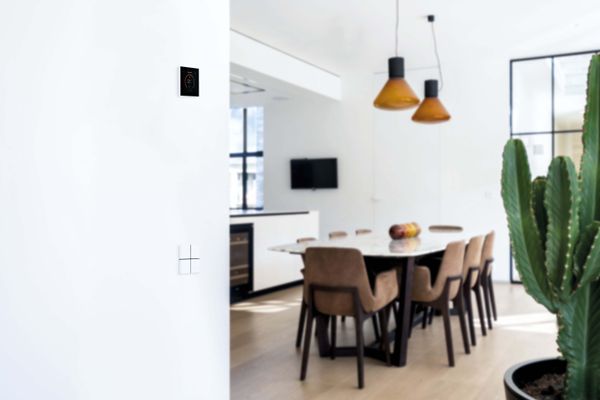
In a world continually shaped by technological advancements, the future of lighting control stands at the forefront of innovation, offering a spectrum of possibilities to transform our living spaces. As we embark on this illuminating journey, this article delves into the cutting-edge trends and technologies that define the path ahead for lighting control, promising a brighter and more energy-efficient future.
1. Smart Lighting Systems
a. Integration with Smart Homes
The future of lighting control is undeniably tied to the rise of smart homes. Smart lighting systems, seamlessly integrated with home automation, allow users to control and customize their lighting environments through mobile apps or voice commands. This not only enhances convenience but also contributes to energy efficiency by enabling users to manage and optimize their lighting usage remotely.
b. Artificial Intelligence (AI) Integration
AI is set to play a pivotal role in the evolution of lighting control. Smart systems equipped with AI can learn user preferences, adapt to daily routines, and make real-time adjustments to optimize energy consumption. This level of intelligence not only enhances user experience but also contributes to sustainable practices by ensuring efficient lighting usage.
2. Human-Centric Lighting
a. Circadian Rhythm Alignment
The future of lighting control emphasizes the importance of human-centric lighting design. Systems that align with circadian rhythms, adjusting color temperature and intensity throughout the day, promote overall well-being and productivity. This trend reflects a growing awareness of the impact lighting has on our physical and mental health.
b. Personalized Lighting Experiences
Lighting control is becoming increasingly personalized, allowing users to tailor lighting environments to their preferences. Whether it's creating a calming atmosphere for relaxation or a vibrant setting for social gatherings, customizable lighting experiences contribute to a more harmonious and enjoyable living space.
3. Energy-Efficient Solutions
a. LED Technology Advancements
The future of lighting control is intertwined with continuous advancements in LED technology. LED lights, already renowned for their energy efficiency, are becoming even more versatile with improved color rendering, increased lifespan, and enhanced controllability. This not only reduces energy consumption but also minimizes environmental impact.
b. Occupancy and Daylight Sensors
Integrating occupancy sensors and daylight harvesting systems into lighting control strategies is a growing trend. These sensors enable lights to activate or adjust based on occupancy and natural light levels, ensuring that energy is only utilized when and where needed. This not only saves energy but also contributes to compliance with energy efficiency standards.
As we peer into the future of lighting control, the path ahead is illuminated with innovation and sustainability. Smart technologies, human-centric designs, and energy-efficient solutions converge to redefine how we illuminate our living spaces. The marriage of convenience, personalization, and eco-consciousness promises a future where lighting not only brightens our homes but also contributes to a more connected, efficient, and mindful way of living. Embracing these trends ensures that our journey into the illuminated horizon is guided by the principles of progress and responsibility.